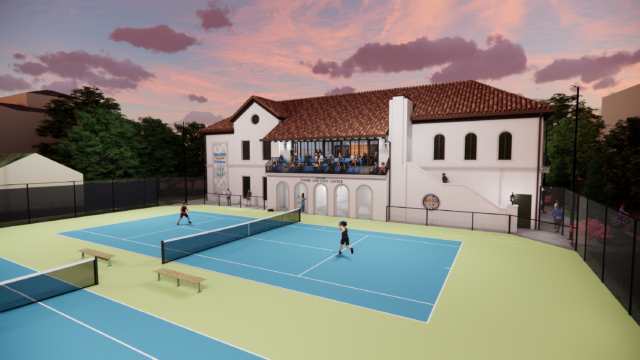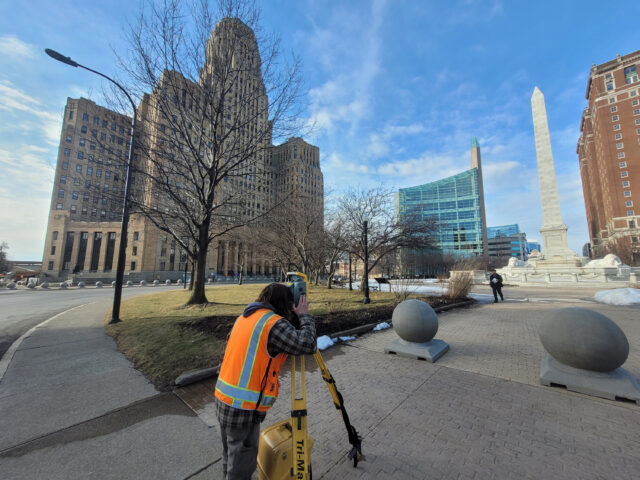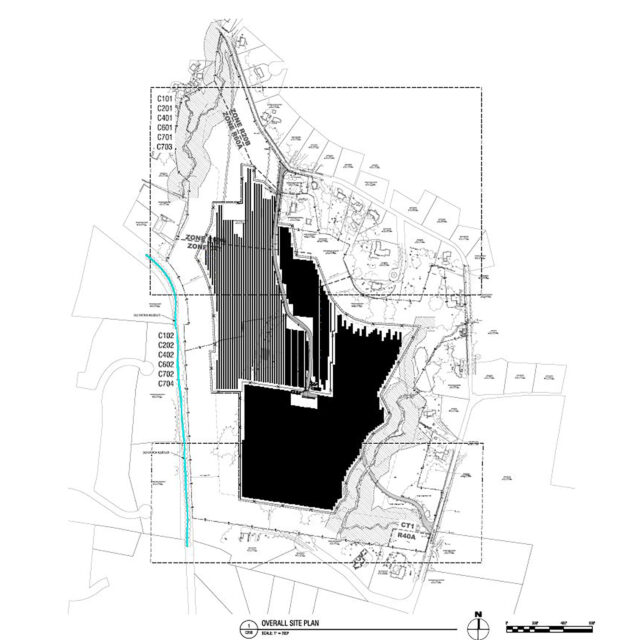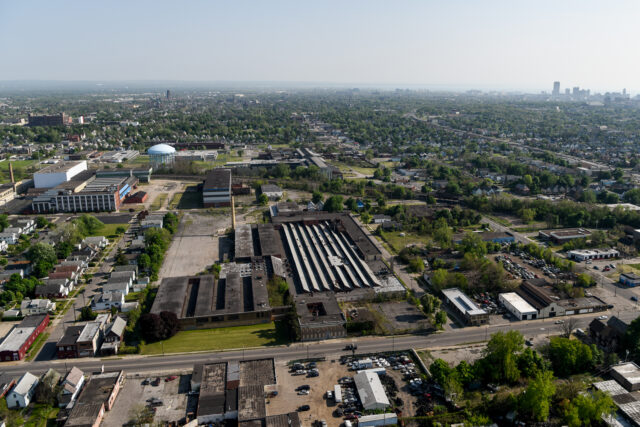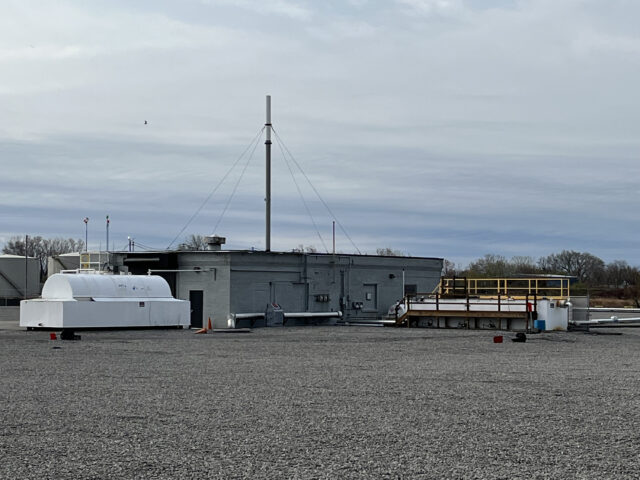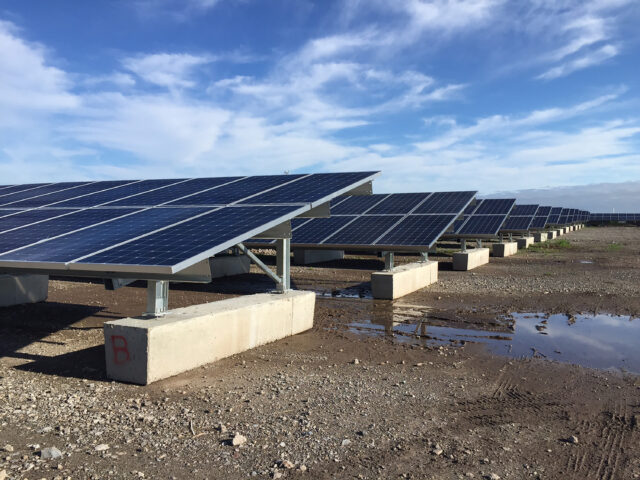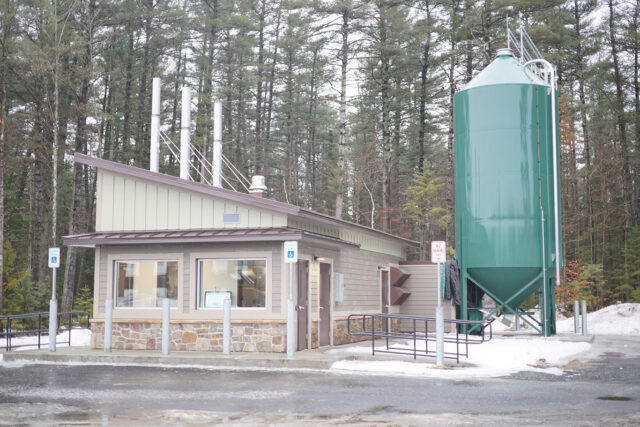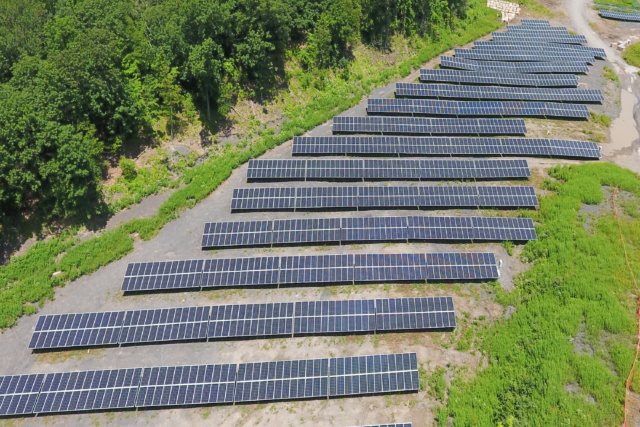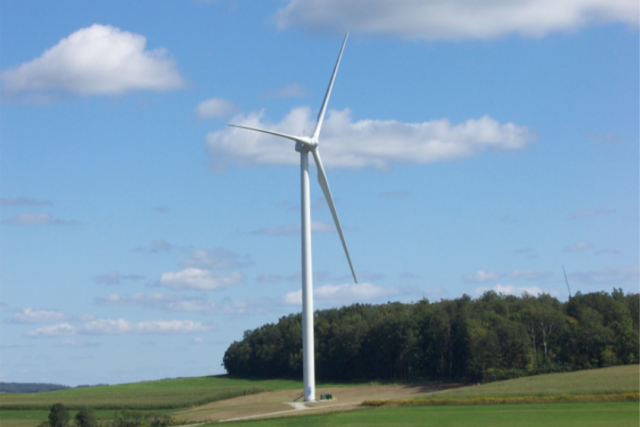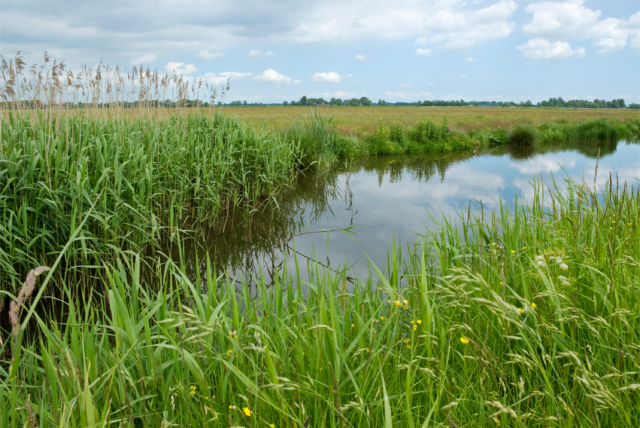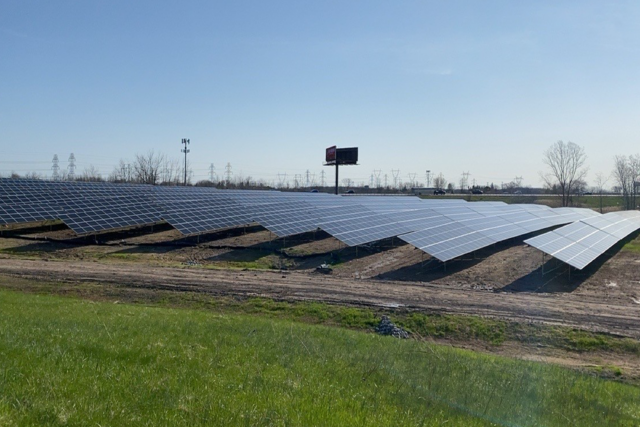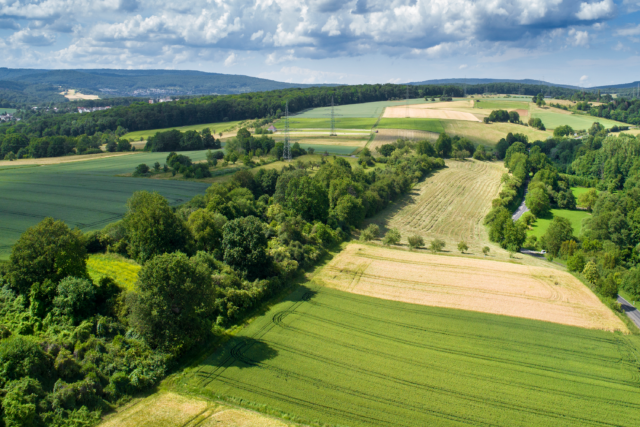
Homer Solar Energy Center
90MW Solar Farm to Power 20,000 New York Households
In the summer of 2020, shortly after New York State released legislation to speed up renewable energy projects, solar developer EDF Renewables (EDF) presented LaBella Associates with our first opportunity to assist in the preparation and submittal of a 94-c application. The site, located in New York’s Southern Tier Region, was for a proposed 90-megawatt (MW) solar farm enabling the safe generation of enough clean, renewable electricity to power more than 20,000 New York households.
Spanning more than 600 acres for the solar arrays, the final scope of work required civil, electrical, power interconnections, and project management services from LaBella to bring all of the design components together. The project incorporated the design of 26 solar arrays combined with a 34.5-kilovolt (kV) collection line system, and channeled power to a 115-kV substation to feed into National Grid’s electric distribution system.
A high priority for both the client and LaBella was that the solar array complied with the permit requirements and conditions of the new 94-c renewable energy generation siting process and minimized the impact of the facility on sensitive resources. This meant working diligently with New York State’s Office of Renewable Energy Siting (ORES), the project team, the town, and LaBella’s internal teams to navigate the law, siting requirements, and establish an efficient design.
An important aspect of this project regarded photovoltaic (PV) layout and optimization with consideration to environmental and steep slope constraints, grading analysis, and preliminary site plan layout for the solar panel development. Since the project was located on vast rolling hills, our team had to balance the constraints of equipment parameters and locating permanent access roads with the terrain while minimizing grading efforts and environmental resource impacts potentially incurred from the construction and operation of the facility.
When it came to engineering, the LaBella team utilized light detection and ranging (LIDAR) topographic information to model the slopes of the project area and categorized slope angles to meet the racking needs of the planned single axis trackers. Between the slope analysis and confining to design setbacks, our team optimized the location of the PV panels within the project area to meet target energy production values while minimizing grading costs to be incurred by the client during construction of the solar arrays. In addition to panel and site layout challenges due to the slopes, the project had to consider and develop erosion and sediment control and stormwater pollution prevention practices for the facility.
To capture the solar energy generation, four 34.5 kV mostly underground collector lines totaling 10.2 miles in length were routed to between the non-contiguous solar arrays. The lines bring power back to the planned substation location at the point of interconnection to the local distribution system. To minimize impact on town, county, and state roads as well as classified streams and wetland complex crossings, the LaBella team evaluated various routing alignments and construction methodologies to select the least impactful layout for the collection system. We directly contributed to refinement of the client’s project production forecast, ancillary environmental, geotechnical, survey scoping, and coordination with state regulatory and municipal stakeholders.
The project compiled all of the design and environmental information into a large application package and submitted to ORES for siting permit review in July 2021. LaBella was a direct contributor and author for several sections and exhibits within that application package, which is publicly available at the corresponding municipalities, associated libraries, and online at EDF’s project website. The facility is expected to receive the Certificate for Siting of the project from ORES in late 2022 and to become operational in 2024.
